Live Oak Wood
- September 6, 2023
- 0 comment

Live Oak is a majestic hardwood tree indigenous to the southeastern United States, celebrated for its vigorous growth, distinctive sprawling branches, and impressive longevity. Revered for its exceptional strength and enduring nature, Live Oak wood holds a rich historical significance owing to its remarkable resilience and resistance to decay. With a legacy deeply rooted in its durability, this wood has been favored throughout history for a range of applications, embodying both the beauty and reliability synonymous with Live Oak trees.
Texture
Live Oak wood boasts a refined and uniform texture, featuring a predominantly straight grain that occasionally exhibits interlocking patterns. This textural quality not only facilitates easy workability but also enables the wood to readily accept various finishes, enhancing its overall versatility.

Bark
The bark of Live Oak trees evolves into a deeply furrowed, rugged expanse ranging from dark gray to brown as the tree matures. This distinctive bark texture adds to the visual allure of Live Oak trees, offering a tactile glimpse into their enduring growth and age.

Furniture
Renowned for its robust strength and resistance to wear, Live Oak wood finds purpose in crafting enduring and sturdy furniture pieces. Its innate durability makes it an ideal choice for crafting tables, chairs, benches, and other furniture items that withstand the test of time.

Weapon
Earning historical acclaim, Live Oak wood was a shipbuilder’s treasure due to its exceptional strength and imperviousness to decay. The renowned USS Constitution, fondly known as “Old Ironsides,” was constructed using Live Oak wood, exemplifying its role in crafting formidable naval vessels.

Firewood
Distinguished by its dense composition and slow-burning characteristics, Live Oak wood becomes a valuable source of firewood. It emits sustained heat and generates minimal ash, making it a favored choice for providing long-lasting warmth.

Construction
Live Oak wood boasts a legacy in heavy construction endeavors, prized for its sturdy constitution and resistance to decay. Whether employed in beams, posts, or load-bearing components, this wood has upheld its role as a foundational material in enduring structures.

Plywood
While scarcity and cost factors limit its use in plywood production, Live Oak wood’s durability and strength make it a promising candidate for specialized, high-quality plywood applications, where its exceptional properties can shine.

Board
Available as versatile boards, Live Oak wood contributes to various woodworking projects, ranging from intricate cabinetry to delicate decorative items. The boards’ adaptability lends itself to creating finely-crafted furniture pieces and intricate woodwork.

Pallet
Live Oak wood’s durability and resilience against decay position it as an excellent choice for crafting robust pallets capable of withstanding demanding storage and handling conditions.

Fencing
Live Oak wood emerges as an optimal material for crafting durable fencing solutions, combining aesthetic appeal with structural strength. Its ability to withstand outdoor elements and resist decay ensures its longevity.

Beams
Live Oak wood’s strength and resistance to decay have historically established it as a coveted choice for both structural and decorative beams. From supporting structures to adorning interiors, Live Oak wood beams exemplify enduring craftsmanship.

Frequently Asked Questions
- What is Live Oak Wood known for?
Live Oak wood is renowned for its exceptional strength, durability, and resistance to decay. It has a long history of being used in various applications due to these properties. - Is Live Oak wood hard to work with?
Live Oak wood’s density and strength can make it challenging to work with hand tools, but it can be successfully worked using power tools. Its fine texture allows it to be shaped and finished with care. - What are the common uses of Live Oak wood?
Live Oak wood has been historically used for shipbuilding, construction, furniture-making, and various outdoor applications like fencing and decking. Its durability makes it suitable for items that require long-lasting strength. - Is Live Oak wood available for purchase?
Live Oak wood is available from specialty lumber suppliers, although it might be less common and more regionally sourced compared to other hardwoods. It’s often used in specialized or custom woodworking projects. - How does Live Oak wood compare to other hardwoods?
Live Oak wood is known for its exceptional strength, which sets it apart from many other hardwoods. Its resistance to decay and its distinct grain patterns make it unique in various applications. - Can Live Oak wood be used for indoor projects?
Yes, Live Oak wood can be used for indoor projects like furniture, flooring, and cabinetry. Its durability and attractive appearance can contribute to a warm and inviting interior space. - Is Live Oak wood suitable for outdoor applications?
Absolutely, Live Oak wood’s natural resistance to decay makes it a great choice for outdoor applications such as decks, fences, and garden furniture that require durability against weather and environmental factors. - Does Live Oak wood have any special finishing requirements?
Live Oak wood can be finished with a variety of coatings, oils, or sealants to enhance its appearance and protect it from wear and moisture. It’s recommended to choose finishes that complement its natural beauty. - What is the cost of Live Oak wood compared to other hardwoods?
Live Oak wood can be more expensive than some other hardwoods due to its durability and limited availability. The cost can vary based on factors such as location, grade, and supply. - Can Live Oak wood be found with live edges?
Yes, Live Oak wood can be sourced with live edges, which retain the natural contours of the tree’s outer edges. Live edge pieces add a rustic and organic aesthetic to woodworking projects. - Is Live Oak wood sustainable to use?
Sustainable sourcing of Live Oak wood is important due to its slow growth and historical significance. When purchasing Live Oak wood, consider obtaining it from reputable suppliers who adhere to responsible harvesting practices. - Are there any historical landmarks or structures made from Live Oak wood?
Yes, Live Oak wood was used extensively in shipbuilding during the 18th and 19th centuries, particularly in naval vessels like the USS Constitution. Many historical structures and landmarks showcase the enduring legacy of Live Oak wood.
In closing, Live Oak wood stands as a testament to nature’s resilience and craftsmanship. With its enduring strength, rich history in shipbuilding, and remarkable versatility, Live Oak wood weaves a story that spans generations. From the decks of historic naval vessels to the intricate details of modern furniture, its presence is a nod to both the past and the future. As you embark on your woodworking journey or seek to infuse your projects with the charm of tradition, let Live Oak wood be your companion, connecting you to the legacy of strength and artistry that it carries within its grain. Embrace the spirit of Live Oak wood, and let your creations echo the time-honored elegance and steadfastness that this remarkable material embodies.


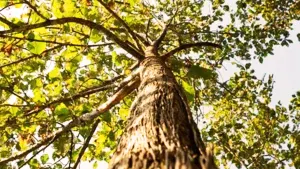
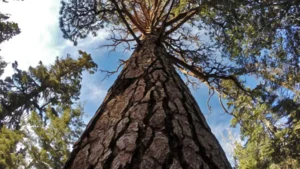




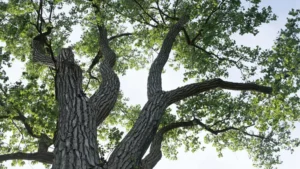
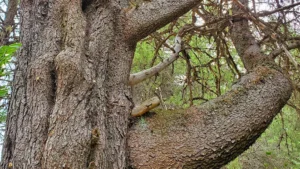

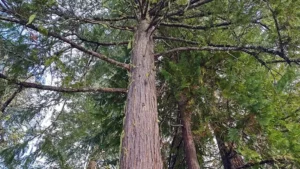
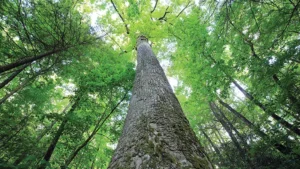
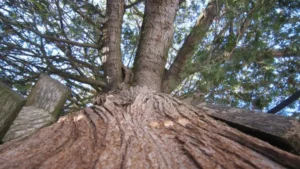
Leave your comment